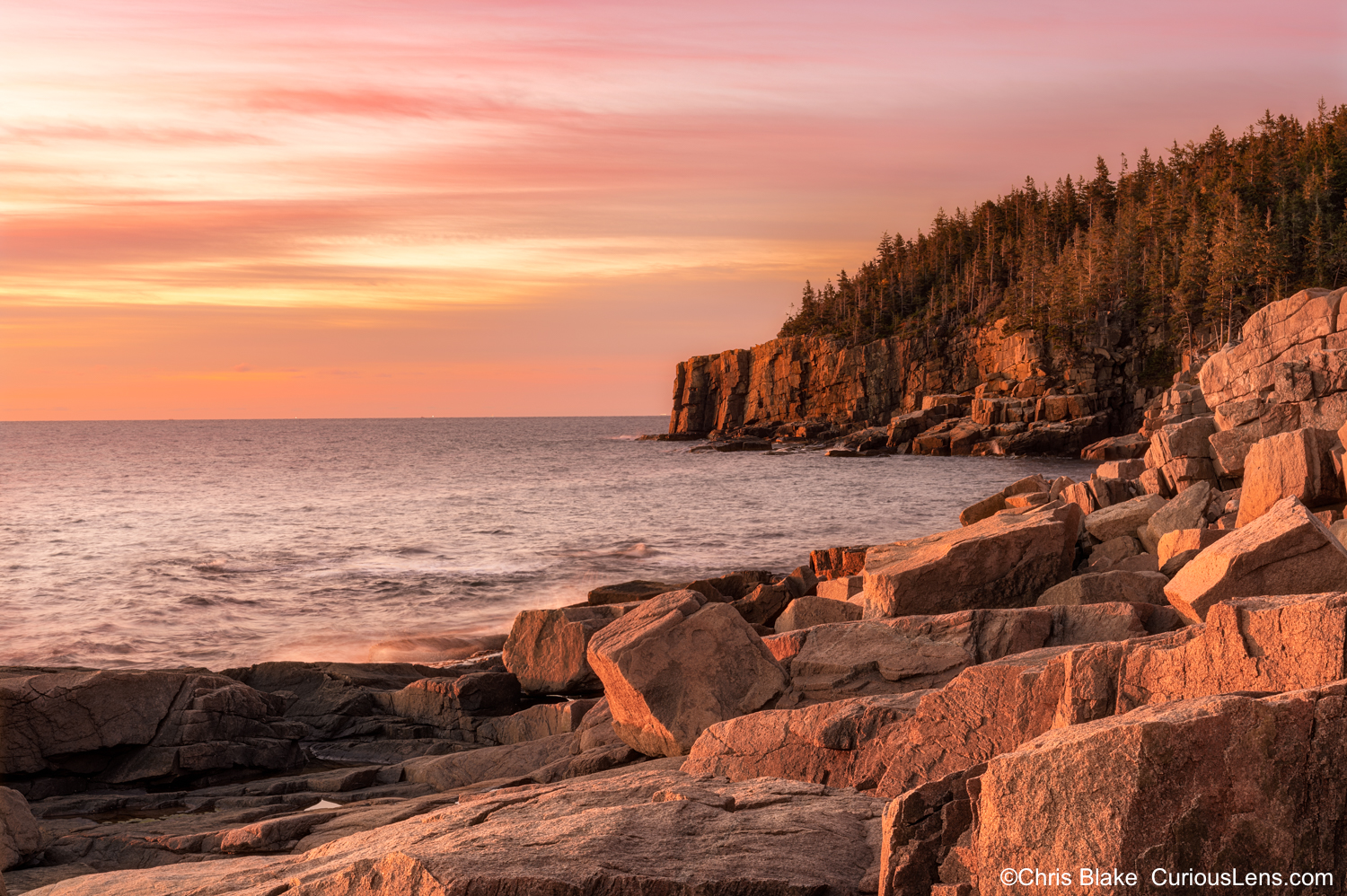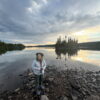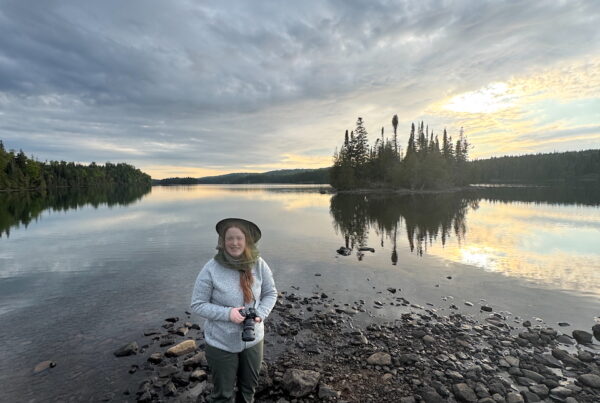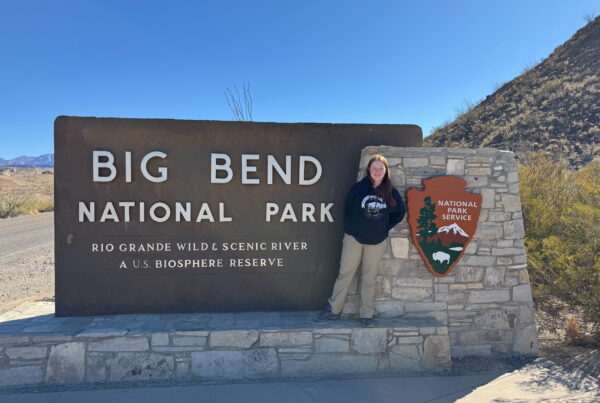Our journey to capture the essence of fall led us north to Acadia National Park, after a picturesque stint in Colorado. This trip to Acadia was long in the making, a plan that predated even the global upheaval of COVID-19. We aimed to time our visit with the peak of the fall foliage—a fleeting, vibrant spectacle. Acadia holds the distinction of being the first National Park east of the Mississippi and remains the only one in the Northeast.
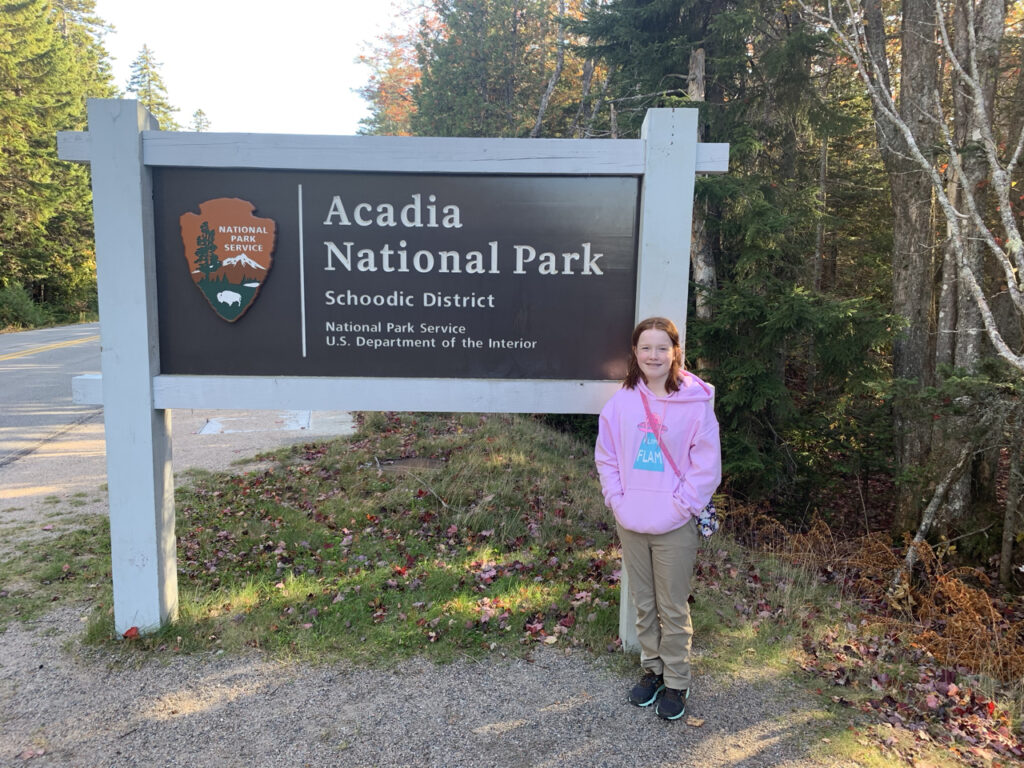

Originally designated as Sieur de Monts National Monument in 1916 by President Woodrow Wilson, the area was renamed Acadia National Park in 1929. The park is a treasure trove of natural beauty, preserving roughly half of Mount Desert Island, numerous smaller islands, and a portion of the Schoodic Peninsula. It was here that America’s early elite built their summer “cottages”—grand estates by any other name—with more than 65 millionaires once calling it their seasonal retreat. Many donated land for the park, and notable figures like John D. Rockefeller Jr. funded the iconic carriage roads that still wind through Acadia.

The park’s 49,000 acres feature rugged mountains, serene ocean coastlines, dense woodlands, and a tapestry of lakes and ponds, making it a year-round adventurer’s paradise. Despite being a Boston native and frequent visitor, this was my first experience of Acadia in the full blaze of autumn. Unfortunately, a particularly dry summer meant that the park was past its prime in terms of foliage by the time we arrived. With limited accommodation and high demand, securing a spot during peak season is a gamble.
We based ourselves in the quaint town of Bar Harbor, which, despite its small population of about 5,000, swells with tourists in the high season. This New England gem was once the playground of the affluent until a devastating fire in 1947 wiped out many of the opulent summer homes. Today, it boasts a vibrant selection of restaurants, bars, and lodgings. Notably, during our stay, the COVID-19 pandemic meant that less than half of these establishments were open, which made dining more challenging than anticipated. The standout was Mount Desert Bakery, whose offerings were well worth the wait in the brisk outdoor queue.
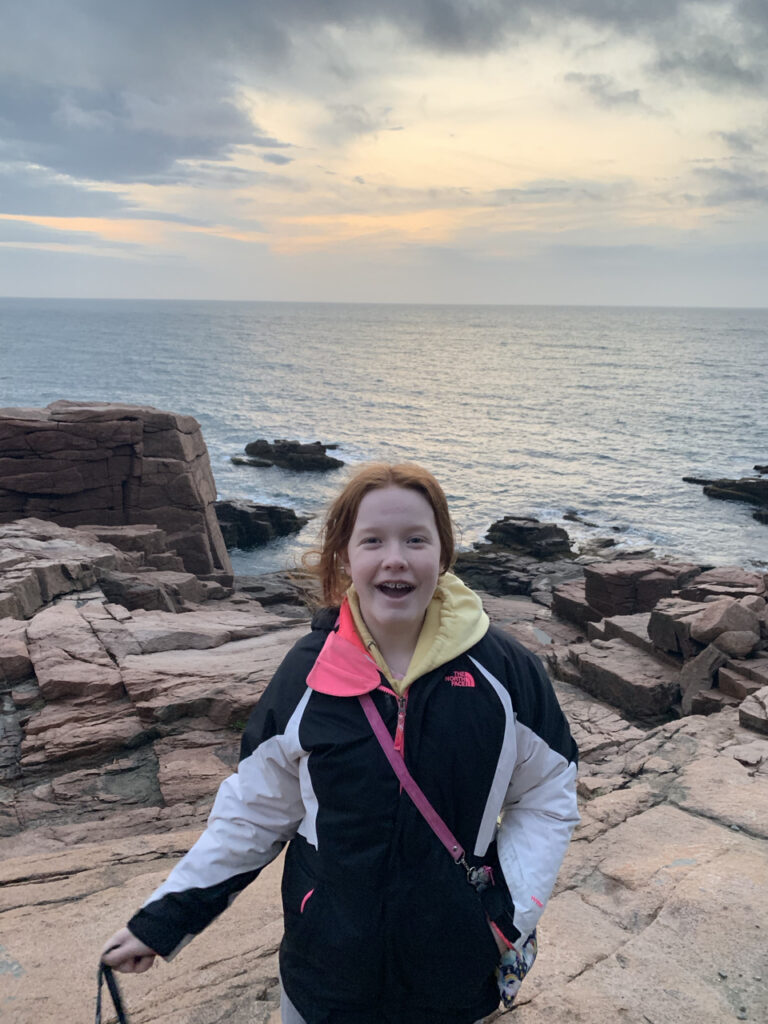
Our photographic journey began at Jordan Pond, a stunning 187-acre body of water close to Bar Harbor. Here, we followed the trail around the pond and set up for sunset near the Bubbles—two distinctive rocky hills on the lake’s northeast side. Although we missed the sunrise at Cadillac Mountain due to the new reservation system, we found a serene spot along the park’s coast to welcome the day. This area of the park offers the rare sight of the sun rising directly from the ocean—a spectacle that draws both photographers and tourists in droves.
Thunder Hole, where the ocean’s roar is amplified by a natural inlet, was another highlight. Though we steered clear of the splash zone on a chilly morning, the area provided a dramatic backdrop for sunrise photos. The day’s adventures also included a blustery sunset attempt at Jordan Pond and a wind-swept visit to Cadillac Mountain, where gusts reached 45 mph, thwarting our photography plans.
Our explorations took us to less frequented locales as well, such as the Schoodic Peninsula—a quieter part of Acadia with equally stunning views and fewer visitors. Here, at Raven’s Nest, we navigated a trail to a cliffside vista, a spot both thrilling and perilous.
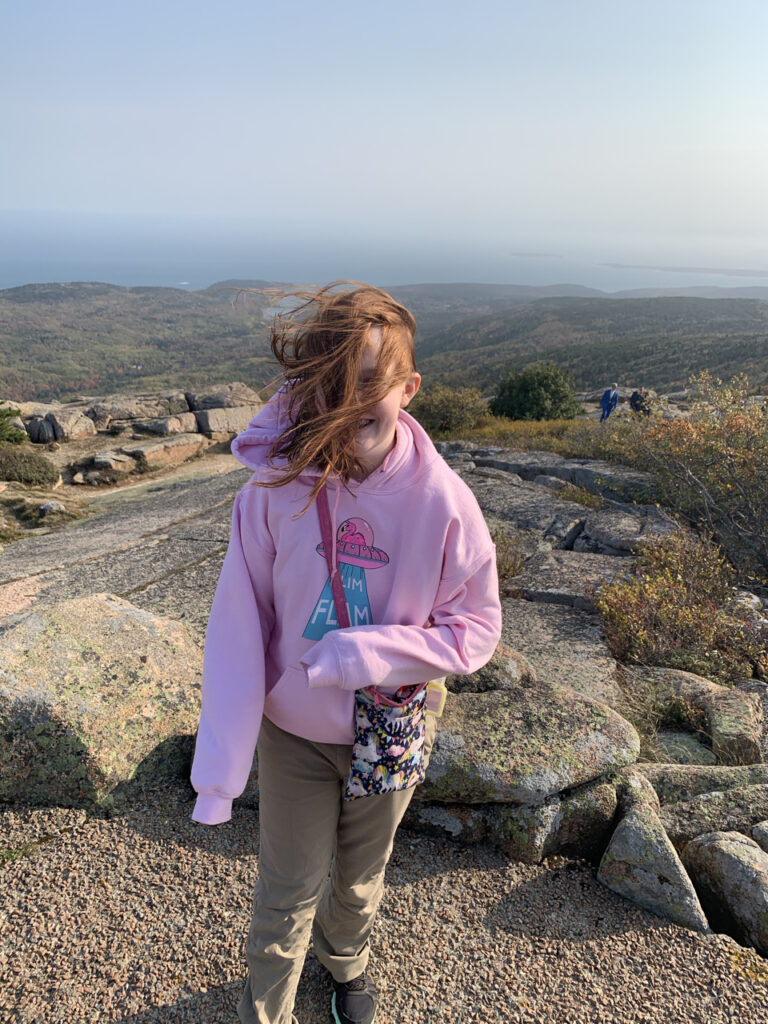

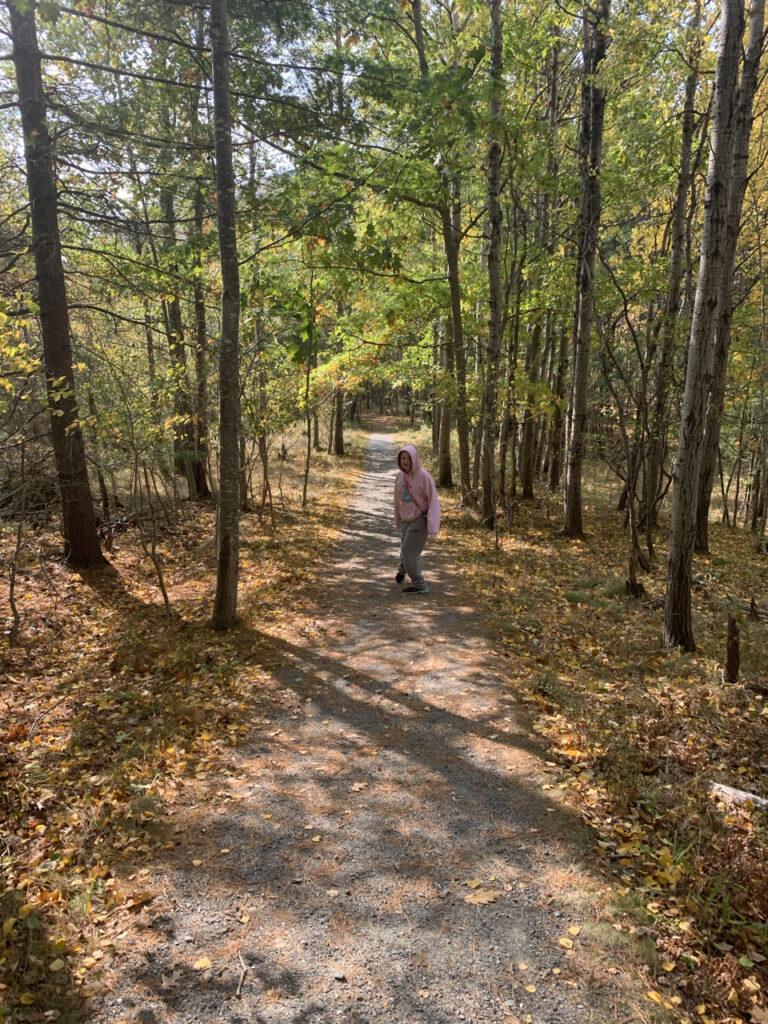


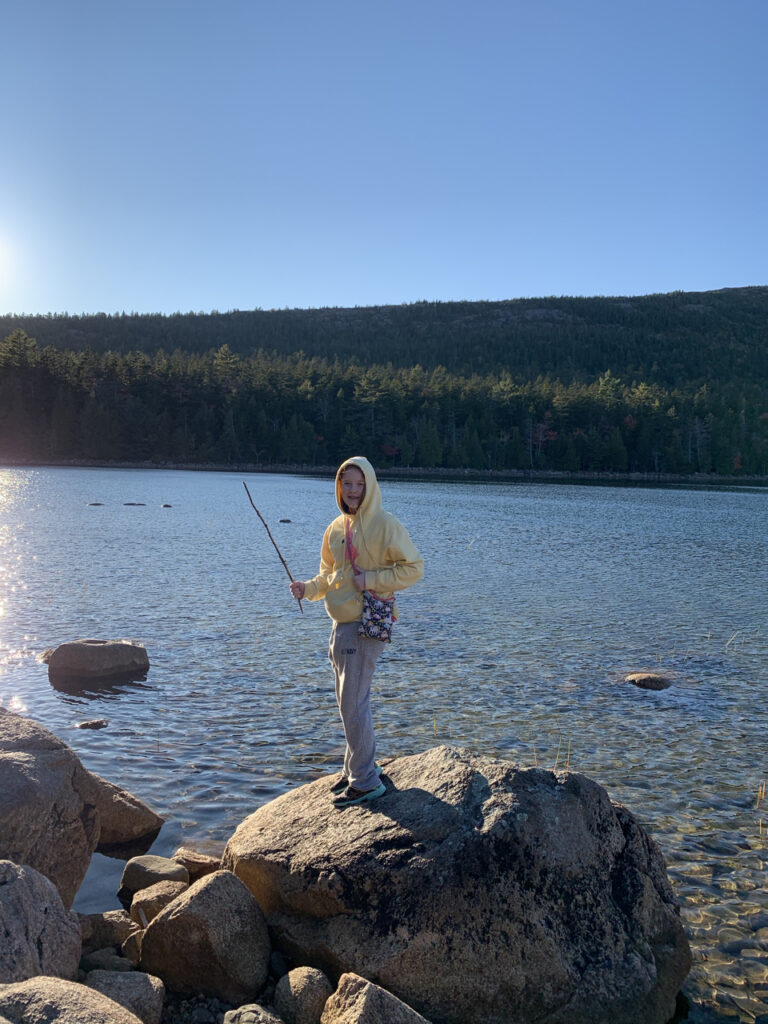


We wrapped up our stay with a sunrise at Boulder Beach, known for its uniquely smoothed, large rocks shaped by the relentless ocean. Our final days were spent savoring seafood from a local lobster shack, exploring more of Bar Harbor, and enjoying a less crowded Cadillac Mountain.
Throughout our visit, we hiked extensively, especially enjoying the Jesup Path, which winds through a vibrant, boggy birch forest—an area that boasts the peak of fall color in early October. Despite the challenges posed by the pandemic and the vagaries of nature, Acadia and Bar Harbor have secured a place on our list of destinations to return to, perhaps in a quieter season when the beauty of the place can be enjoyed at a more leisurely pace.
